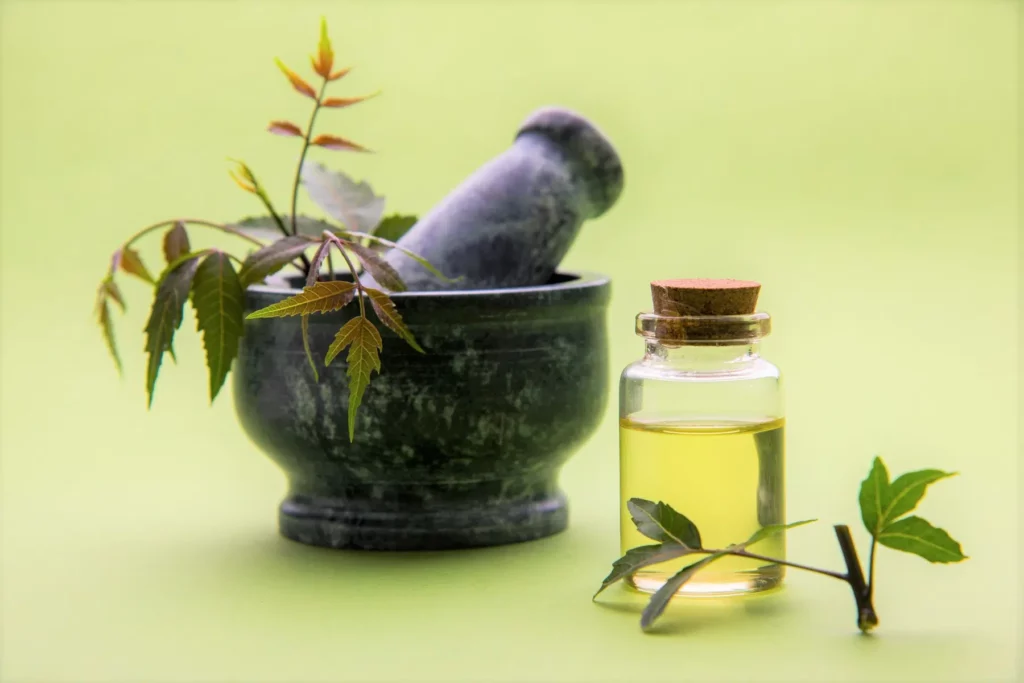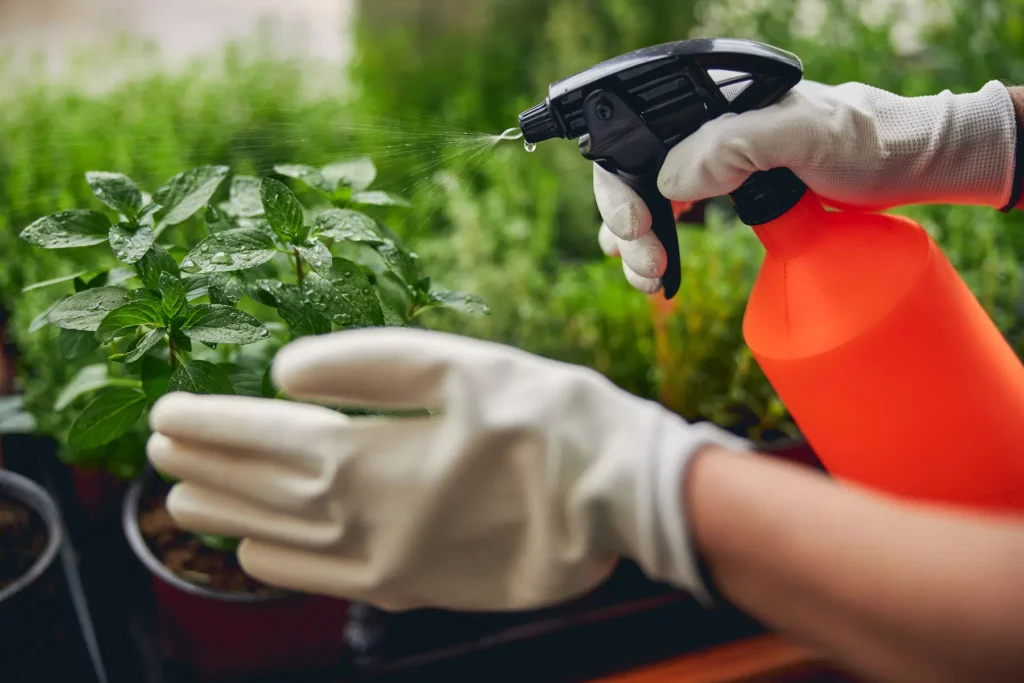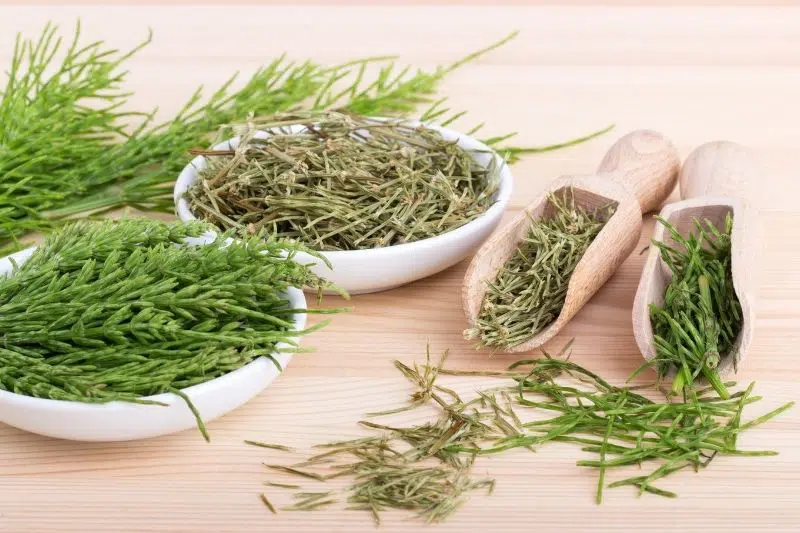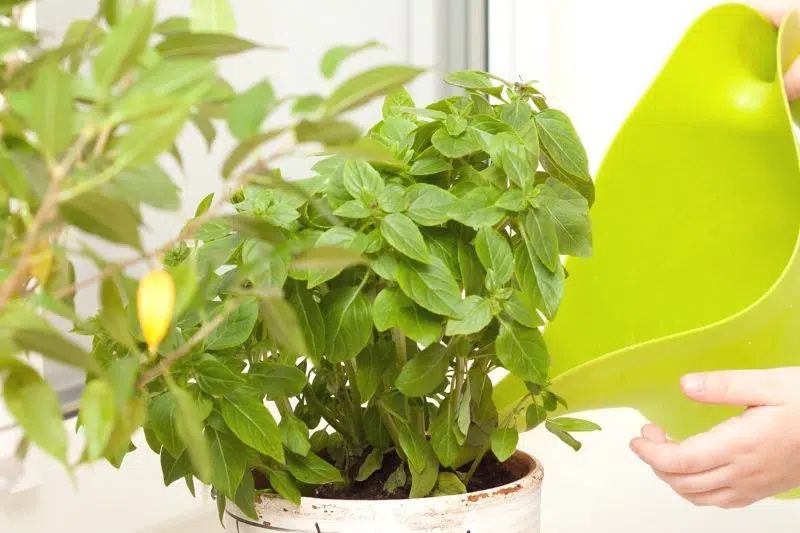Basil (Ocimum basilicum) is one of the most popular kitchen herbs. Even beginners can cultivate it in the garden or in the kitchen. But what if the leaves of basil show white spots – are they still edible?
- white spots usually without influence on edibility
- incorrect watering possible reason for white spots
- sucking insects like cicadas and thrips as causative agents
- white spots caused by deposits of fungal diseases
- ladybugs and other beneficial insects help
Contents
- 1 White spots on basil: causes
- 2 Cicadas
- 3 Fight cicadas
- 4 Combat thrips
- 5 Powdery mildew
- 6 Combating powdery mildew
- 7 Effects on edibility
- 8 Frequently asked questions
- 9 What species of cicada damages basil plants?
- 10 How can you effectively prevent downy mildew?
- 11 Does it make sense to use yellow boards against thrips?
- 12 Author
White spots on basil: causes
The good news first: in most cases, basil with white spots is still edible.
Incorrect watering
White spots on basil leaves have a simple cause in most cases. The plant does not like water on the leaves. As a result, white discoloration occurs.
Prevent discoloration
Always water plants around the roots and choose a sheltered location for new plantings.
Effects on edibility
Basil plants whose leaves turn white due to rain or watering are edible.
Cicadas
White spots on the leaves as well as on the buds of basil may indicate cicadas. These small insects prefer labiates such as basil. They suck the sap of the plant. At first, the spots appear on the leaf veins, but later they cover the entire leaf.
Basil plants are usually not severely damaged by the sucking of the cicadas. Only when the infestation is very high do individual leaves or parts of the plant die.
Cicadas as well as their larvae prefer to stay on the undersides of the leaves. As soon as you touch the plant, the adult insects jump away. The animals can also be recognized by yellowish deposits. These are rejected larval skins.
Fight cicadas

Control of plant pests that have migrated from the Mediterranean region is considered difficult. So far, no beneficial insects are available. The use of neem oil has proven effective.
Choose the cool morning hours to control the cicadas. In the morning, the animals are still in a cold rigidity and remain immobile on the leaves.
Instructions
- Add five milliliters of neem oil and 1.5 milliliters of Remulgan to one liter of water.
- Spray the basil plants with it, especially the undersides of the leaves.
- Repeat the procedure after one week.
Note: More than 40,000 cicada species are known worldwide. Of the 600 species recorded in Europe, only 30 are plant pests.
Effects on edibility
A minor infestation of cicadas will not affect the edibility of basil. rinse the leaves thoroughly.
Thrips
White spots on basil leaves may also be caused by thrips (Thysanoptera). These elongated insects, about three millimeters in size, suck plant sap just like cicadas and leave brightly mottled leaves.
Note: A typical sign of thrips as the causal agent is the silvery sheen of the bright spots.
Combat thrips

Often already helps to spray the plants with water. In case of heavy infestation, a mixture of water, washing-up liquid and oil has also proved effective.
Instructions
- Add a dash of dishwashing liquid and two tablespoons of cooking oil to a liter of water.
- Pour the mixture into a spray bottle.
- Spray the basil plants, especially the leaves thoroughly.
Effects on edibility
Thrips do not directly affect the edibility of infested plants. You can rinse the insects off with water.
Powdery mildew
Basil is often attacked by downy mildew. This causes yellowish to brownish coatings on the leaves, which are difficult to wipe off. Whitish spots become visible on the undersides of the leaves, which later turn dark. Downy mildew is a fungus that finds ideal conditions in humid weather. The fungus penetrates the plant tissue and damages it. The result is growth disorders.
Combating powdery mildew
Field horsetail broth has proven effective in combating downy mildew.
Directions
- Chop up about 500 grams of field horsetail herb and put it in a large container with five liters of water.
- Soak the plant parts for a day.
- Let the mixture simmer gently for thirty minutes.
- After cooling, pour the mixture through a sieve and pour the decoction into spray bottles.
- Spray the infested plants thoroughly.

Effects on edibility
If your basil plants show the typical mildew coating, discard them. Even if the affected parts of the plant are not toxic, it is not advised to eat them.
Frequently asked questions
What species of cicada damages basil plants?
Cicadas of the genus Eupteryx prefer to feed on the sap of basil and other garden herbs.
How can you effectively prevent downy mildew?
The best way to prevent downy mildew is to attract beneficial insects. Design your garden to make lacewings, ladybugs and ichneumon wasps feel at home. Ladybugs and their larvae love to eat the powdery mildew fungus and prevent it from spreading.
Does it make sense to use yellow boards against thrips?
If you suspect thrips on your plants, stick blue boards in the soil. Thrips are members of the fringe winged insect family. They are attracted to the blue color. Especially for houseplants, the use of the blue tablets has proven successful.


